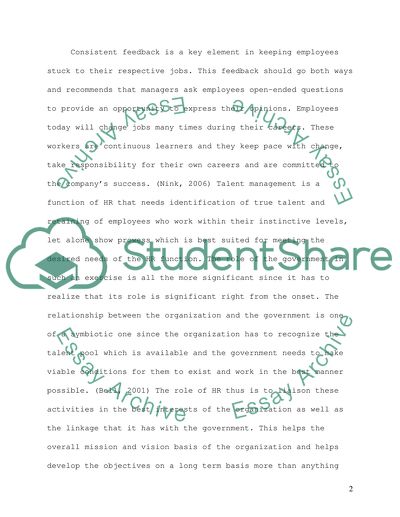Cite this document
(“The various theoretical approaches to Employment Relations all fail to Essay”, n.d.)
The various theoretical approaches to Employment Relations all fail to Essay. Retrieved from https://studentshare.org/miscellaneous/1549051-the-various-theoretical-approaches-to-employment-relations-all-fail-to-provide-an-adequate-explanatory-framework-for-the-development-and-practise-found-within-this-function-of-management-discuss
The various theoretical approaches to Employment Relations all fail to Essay. Retrieved from https://studentshare.org/miscellaneous/1549051-the-various-theoretical-approaches-to-employment-relations-all-fail-to-provide-an-adequate-explanatory-framework-for-the-development-and-practise-found-within-this-function-of-management-discuss
(The Various Theoretical Approaches to Employment Relations All Fail to Essay)
The Various Theoretical Approaches to Employment Relations All Fail to Essay. https://studentshare.org/miscellaneous/1549051-the-various-theoretical-approaches-to-employment-relations-all-fail-to-provide-an-adequate-explanatory-framework-for-the-development-and-practise-found-within-this-function-of-management-discuss.
The Various Theoretical Approaches to Employment Relations All Fail to Essay. https://studentshare.org/miscellaneous/1549051-the-various-theoretical-approaches-to-employment-relations-all-fail-to-provide-an-adequate-explanatory-framework-for-the-development-and-practise-found-within-this-function-of-management-discuss.
“The Various Theoretical Approaches to Employment Relations All Fail to Essay”, n.d. https://studentshare.org/miscellaneous/1549051-the-various-theoretical-approaches-to-employment-relations-all-fail-to-provide-an-adequate-explanatory-framework-for-the-development-and-practise-found-within-this-function-of-management-discuss.


